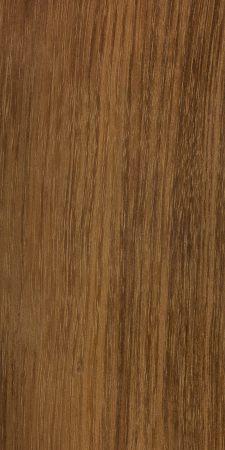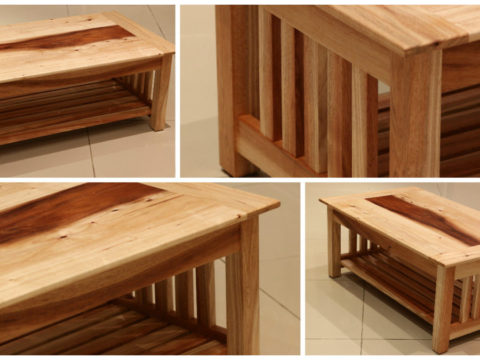BLACKWOOD | Swarthout | Acacia Melanoxylon
The Tree
Australian Blackwood originates in eastern Australia, and was introduced into the indigenous forests of the southern Cape until about 1940. It grows well in the southern Cape conditions.
It is an upright tree growing up to 20 m tall with a bole of about 150cm in diameter.
The bark on older trunks is dark greyish-black, deeply fissured and scaly.
Upright tree, growing up to 20m tall
Wood is lustrous with a uniform, fine to medium texture
In demand as a highly prized furniture wood
The Wood
Heartwood colour can be highly variable, from creamy-yellow through to medium golden or reddish brown. There are usually contrasting bands of colour in the growth rings, and it is not uncommon to see boards with ribbon-like streaks of colour. Boards figured with wavy and/or curly grain are also not uncommon. Sapwood is easily distinguishable and may range in colour from straw to grey-white. The grain is generally straight to slightly interlocked, and sometimes wavy. The wood is lustrous and possesses a uniform fine to medium texture.
The name of the wood may refer to dark stains on the hands of woodworkers, caused by the high levels of tannin in the timber

Workability
Blackwood timber has a density of approximately 660 kg/m3 and is strong in compression, resistant to impact and is moderately stiff. It is moderately blunting to work with tools and bends well. It may be nailed or screwed with ease, but gluing may produce variable results. The wood is easily stained and produces a high-quality finish.
Australian blackwood seasons easily with some possible cupping when boards are inadequately restrained. The timber produces little movement once seasoned.

Uses
Blackwood is very much in demand as a highly prized furniture wood, as well as for cabinet work, paneling, flooring, fine cabinetry, tools, boats, inlayed boxes, gunstocks and wooden kegs. It may also be used for producing decorative veneers. Plain and figured Blackwood is used in musical instrument making – in particular guitars, drums, violin bows and organ pipes.
It is well-suited for shaping with steam and for turnery.
